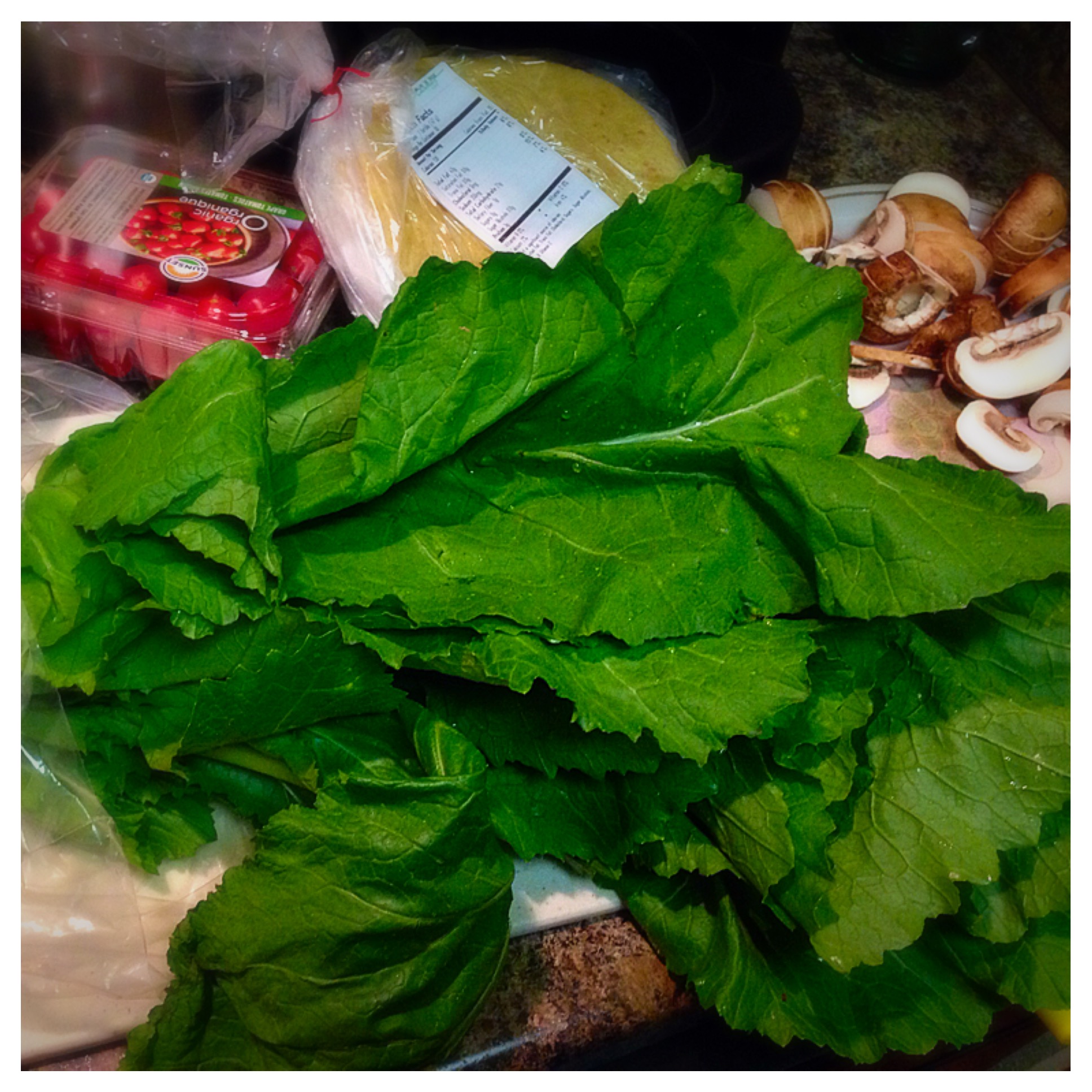The name of the game this month is HYDRATION. Here I want to touch on the importance of staying hydrated, signs and symptoms of dehydration and foods and fluids that can help you keep up with your fluid goals.
We all know Texas summers (or really any southern summers) are HOT. However, that doesn't stop our morning or evening runs, our summer hikes and lake trips, and of course our kids' summer sports and activities. Whether you're a parent or a young athlete, you run an increased risk of getting dehydrated out in the hot summer sun. However, if you know how being hydrated helps your health and performance, the signs & symptoms of dehydration, and some strategies to help you stay hydrated, you can go on as usual, staying fit, staying healthy and playing your best.
The Importance Of Being Hydrated:
Staying hydrated keeps us energized and alert. We have to sweat because the act of sweating controls our body's core temperature, keeping us cool and preventing us from getting overheated, which can lead to heat illness. We must stay hydrated to replace fluids lost in this process. Staying hydrated will keep us energized, sharp, and promote optimal recovery time after a workout, game or practice
How To Know If You Are Dehydrated: You may be dehydrated if....
You experience fatigue early in your activity
You notice a decrease in performance
You get headaches or feel lightheaded
You have a hard time focusing, whether in your workout, in the office or in the classroom
You notice you are not sweating nearly as much as you usually do
Your urine is dark in color (like apple juice) and / or low in volume
Hydration Strategies for a Fueled & Focused Day:
Drink fluids (focusing on water) throughout the day, starting when you wake up and make this a daily practice. You cannot make up for lack of fluids right before your event or the day of!
Know your sweat rate. You can weigh yourself right before and right after your workout. The body weight lost is from water. You want to drink about 16 - 24 ounces of fluid for each pound of body weight you or your athlete loses during a workout. (Note: if there is a history of disordered eating or eating disorders with the athlete, I do not recommend this method)
If you or your athlete is a salty sweater (notice a salty residue on the skin or clothing after exercise), a sports drink or salty snacks would be beneficial to replace the lost electrolytes (sodium & potassium, specifically).
If you or your athlete is not a good drinker or does not often feel thirsty, salty snacks may also be beneficial to increase thirst and promote a higher fluid intake.
If your athlete is not able to drink much at school, encourage high - water - content foods at breakfast and pack high - water - content foods in their lunch and for snacks
Hydrating Food & Fluids to Have On-Hand:
Bottled waters
Sports drinks like Gatorade (during or after exercise only)
Fresh or frozen fruits (like oranges, grapes, apples, watermelon & pineapple)
Fresh vegetables (like cherry tomatoes, carrots, bell peppers, sugar snap peas, & cucumber slices)
Pretzels or other salty crackers (promote thirst and increased fluid intake)
Soups
Low-fat yogurts
Tomato juice
Bottled or home-made smoothies
Happy Fueling!
Taylor










